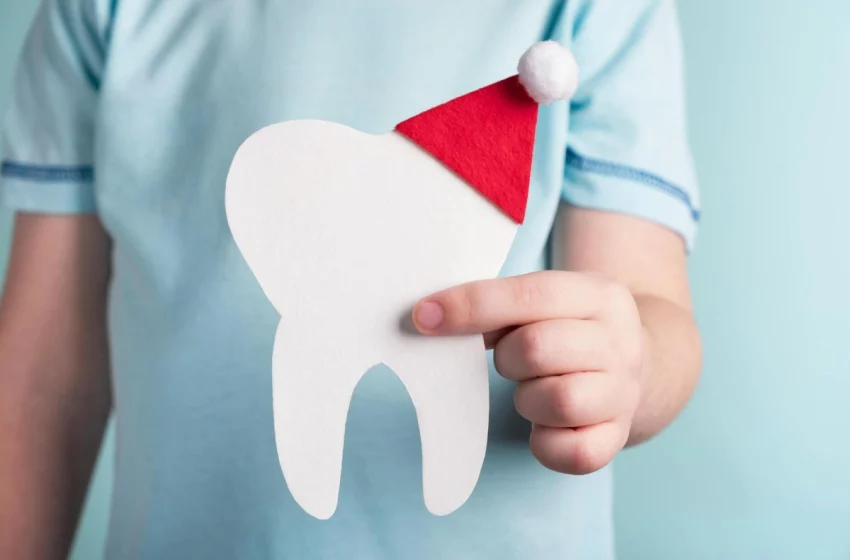
5 Factors That Influence The Cost Of Invisalign Treatment
Invisalign is a preferred choice for many individuals seeking to improve their smiles. However, one common concern is the cost of Invisalign treatment. Understanding the factors influencing your Invisalign cost is essential to make an informed decision that aligns with your budget and dental needs. In this article, we will discuss the cost of Invisalign by exploring the five key factors determining treatment expenses.
Table of Contents
Understanding the five factors that influence Invisalign’s cost
Factor 1: Severity of the dental issue
The severity of your dental condition determines the cost of Invisalign treatment. The treatment may lower prices if you have minor misalignment or spacing problems. On the other hand, if you have more complex orthodontic issues, such as severe crowding or a significant overbite, the treatment will require more aligners and a more extended treatment duration, leading to higher costs.
Factor 2: Treatment duration
The average treatment duration for Invisalign ranges from one year to 18 months, but it can change depending on how complex your dental needs are. The longer the treatment duration, the more aligners you need, resulting in higher costs. Additionally, your orthodontist may schedule regular check-ups and adjustments throughout the treatment, impacting the overall cost.
Factor 3: Location and the dentist’s expertise
The location of your dental clinic and your orthodontist’s expertise can significantly influence your Invisalign cost. Dental practices in urban areas or upscale neighborhoods may have higher overhead costs, which may reflect in their treatment fees. Moreover, experienced orthodontists with a proven track record of successful Invisalign cases may charge higher fees due to their expertise and reputation. However, it is essential to note that the cost should not be the sole determinant in choosing an orthodontist. It is advisable to balance affordability and the orthodontist’s experience and qualifications.
Factor 4: Additional treatments or procedures
To get the intended results from Invisalign, additional procedures or treatments might occasionally be necessary in addition to the treatment. These additional treatments can include extractions, jaw surgery, or dental attachments. Each method will incur additional costs, which should be considered when estimating your Invisalign cost and treatment.
Factor 5: Insurance coverage and payment options
Orthodontic treatments, such as Invisalign, may be partially covered by certain dental insurance plans. It is crucial to review your insurance policy or get in touch with your provider to determine whether orthodontic treatments are covered. Furthermore, a lot of orthodontic offices provide flexible payment schedules, letting you spread out the cost of your care over time.
How to find affordable Invisalign options
If you are concerned about the cost of Invisalign treatment, there are several strategies you can employ to find affordable options. Consider seeking multiple opinions and quotes from orthodontists to compare the cost estimates and help identify potential cost-saving opportunities. Some orthodontic clinics offer promotional discounts or seasonal specials, so it is worth exploring these options. Lastly, inquire about financing plans or payment options available at the clinic to make the cost more manageable.
Make a decision based on your budget and dental needs.
You can attain a straighter smile with Invisalign, all without the inconvenience of wearing traditional braces. The total Invisalign cost is influenced by a number of variables, including the extent of the dental problem, the length of treatment, the location, the dentist’s experience, any additional treatments or procedures, and insurance coverage and payment options. You may confidently start your Invisalign journey by taking these things into account and looking into reasonably priced options, knowing that you have made an informed choice.


